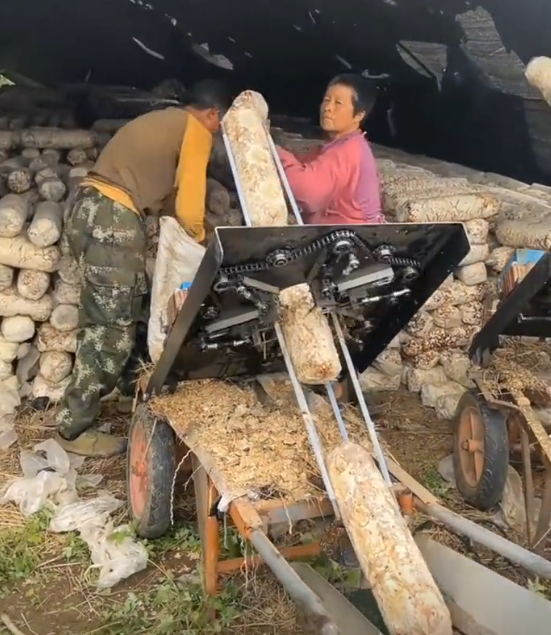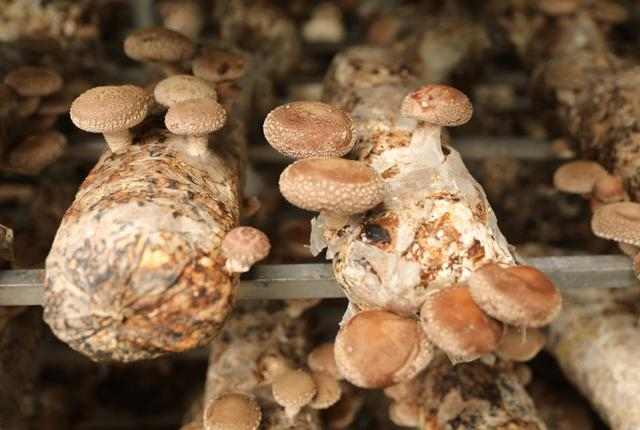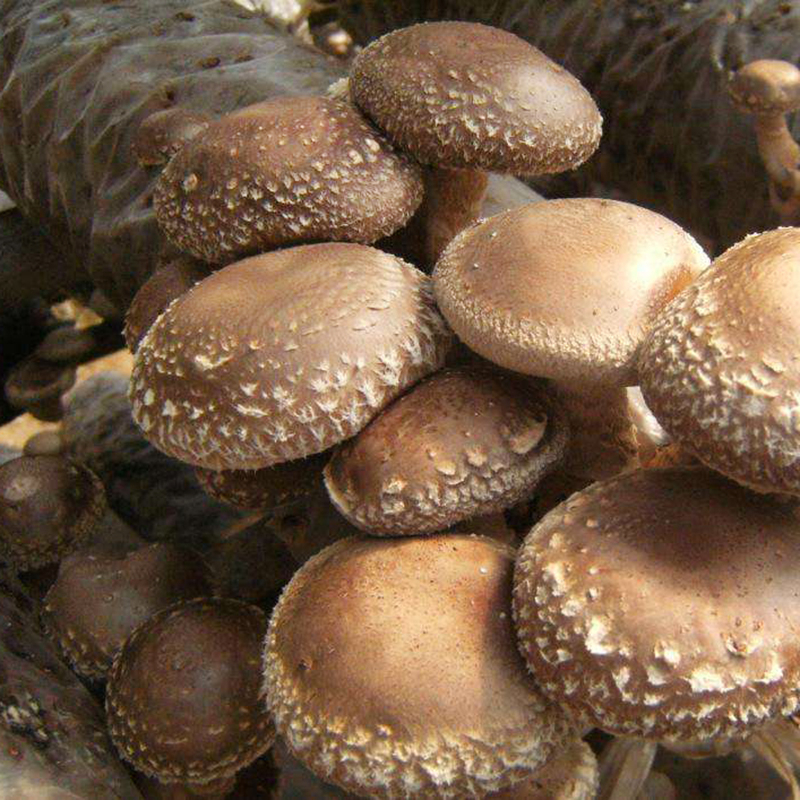Ventilation piercing is a crucial step in shiitake mushroom cultivation, directly affecting the health of mycelium growth and the effectiveness of bag coloration. Depending on the cultivation phase, different methods such as ŌĆ£small airŌĆØ and ŌĆ£large airŌĆØ ventilation are applied. The specific practices are as follows:

1. Early to Mid-Cultivation: Timely ŌĆ£Small AirŌĆØ Ventilation
During the first 10ŌĆō25 days after inoculation, the mycelium grows slowly. For bags with sealed inoculation holes, the first ventilation piercing is performed when the mycelium reaches a diameter of 6ŌĆō8 cm. This process, known as ŌĆ£small airŌĆØ ventilation, aims to moderately supply oxygen and ensure uniform mycelium growth.
For bags with unsealed or loosely sealed inoculation holes, ventilation can be delayed until the mycelium on one side fully connects, ensuring the best results.

2. Late Cultivation: Increasing Oxygen with ŌĆ£Large AirŌĆØ Ventilation
Five to seven days after the mycelium fully colonizes the bags, during the vigorous growth phase before coloration, oxygen demand increases significantly. At this stage, ŌĆ£large airŌĆØ ventilation is conducted by increasing the number and depth of piercings. Each bag typically requires 60ŌĆō70 holes, with a maximum of 100 holes, to ensure sufficient oxygen supply.

Post-Piercing Management
After piercing, mycelium respiration intensifies, causing a noticeable rise in stack and room temperatures. To prevent overheating, timely stack dispersion and enhanced ventilation are essential. Proper and meticulous piercing practices not only influence the quality of mycelium growth but also directly determine the yield and quality of shiitake mushrooms.








